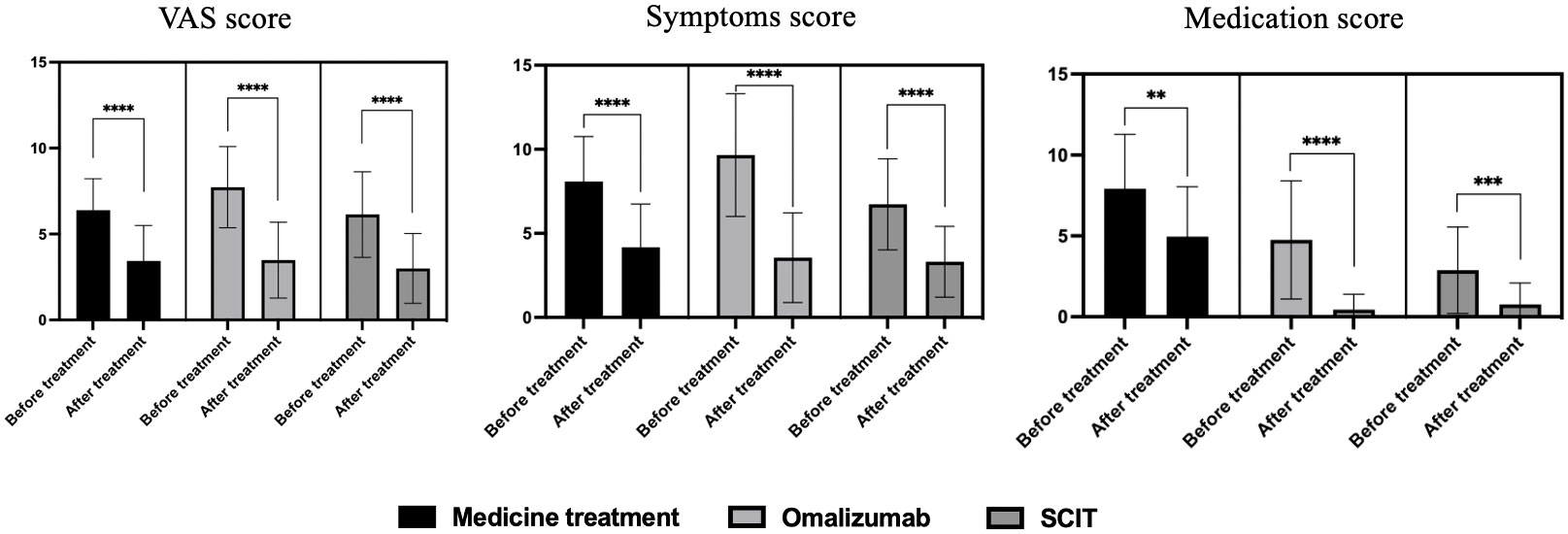Guillien A, Niespodziana K, Mauclin M, Boudier A, Varraso R, Leynaert B, Dumas O, Le Moual N, Schlederer T, Bajic M, Borochova K, Errhalt P, Vernet R, Nadif R, Bousquet J, Bouzigon E, Valenta R, Siroux V. Front Immunol. 2024 Mar 4;15:1355214. doi: 10.3389/fimmu.2024.1355214.
Abstract
Introduction: Exposure to respiratory viruses is a significant cause of morbidity and affects virus-specific antibody levels. Little is known about determinants associated with immune response to these viruses. We aimed to investigate the determinants of respiratory syncytial virus (RSV)- and rhinovirus (RV)- specific IgG responses in both children and adults.
Methods: The study is based on the EGEA cohort, composed of 530 samples of children in EGEA1 (1991-95) and 1241 samples of adults in EGEA2 (2003-07). Cumulative RV-specific IgG levels (species A, B and C) and IgG levels to RSV-G protein were measured by using micro-array technoloy. Multiple linear mixed models (random effect to account for familial dependence) were performed to assess associations between age, sex, body mass index (BMI), tobacco smoke exposure and season of blood sampling with RSV-and RV-specific IgG levels.
 |
| Associations of RSV and RV-specific IgG levels with personal determinants and seasons of blood sampling in children (EGEA1, n=531) and adults (EGEA2, n=1241). |











